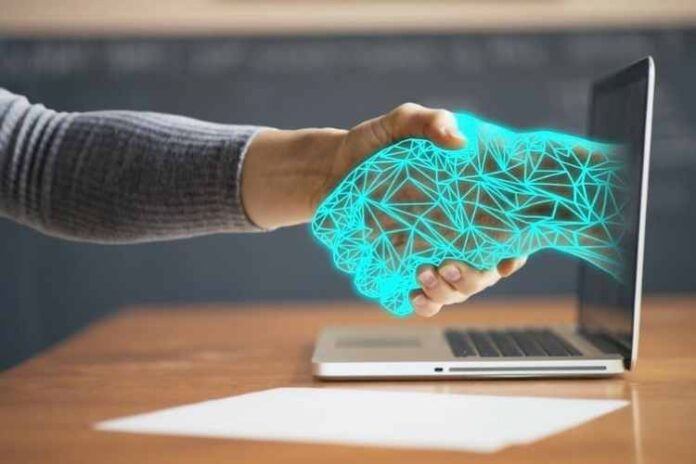If you research the best types of learning for children, you’ll most likely come across something called “hands-on learning.” Alternatively, you may see sources that refer to this as kinesthetic learning.
What is hands-on learning, you ask? This teaching style is one of the most effective ways of educating children. It requires students to carry out physical activities instead of listening to lengthy lectures and lessons.
The importance of hands-on learning cannot be underestimated. So, we’ve prepared this guide that explains how this teaching style works. This way, you can see for yourself what benefits it provides!
What is Hands-On Learning?
As we’ve mentioned, hands-on learning requires students to do physical activities instead of listening to lectures. If you’ve spent any time with children, you know they learn by doing.
For example, many parents discover it’s not enough to tell a child that the hot stove will burn their hand. Often, children have to touch the stove themselves to learn this lesson!
Hands-on learning takes children’s natural curiosity and turns it to the teacher’s advantage. This plays out in several ways, depending on the subject. We’ll discuss this more in the next section.
How to Apply Hands-On Learning
Teachers should employ several teaching styles to communicate with students. These styles necessarily include lectures, lessons, and explanations. After all, teachers must communicate with children for them to understand new concepts.
However, a lesson shouldn’t just be a teacher talking to children. Instead, it should give them a chance to see how something works for themselves.
So, how can teachers provide this learning in their classes? There are several suggestions for this.
One of the most obvious examples of this is in science classes. Science classes are famous for making students conduct experiments. These experiments often hold the children’s interest and teach them the scientific method.
In English classes, students can write their own stories and poems. Teachers may have them model these writing pieces after a book or author that the class is currently studying.
History classes can take a similar approach. For example, many history classes have children re-enact the first Thanksgiving in November.
Benefits of Hands-On Learning
This view of teaching has several benefits for students. First, it helps students retain more information.
This approach engages both the right and left sides of the brain. The combination of visual and analytical learning helps students retain more information.
Find Ways to Implement Hands-On Learning
As you can see, hands-on learning is crucial to any child’s education. It helps them retain information and engage their minds. It also makes learning fun instead of a boring chore.
So, find the best ways to incorporate hands-on learning for your students! Soon, you’ll see the benefits of this teaching approach.
We hope you enjoyed this article! If so, check out our other educational content today. We have several pieces to help teachers engage their students and enhance their lesson plans.


